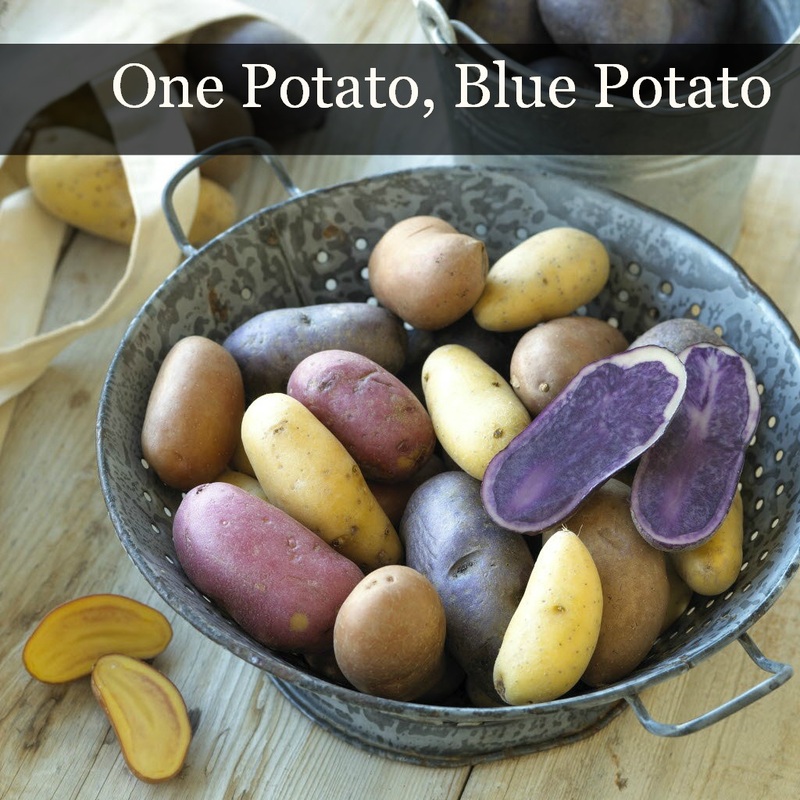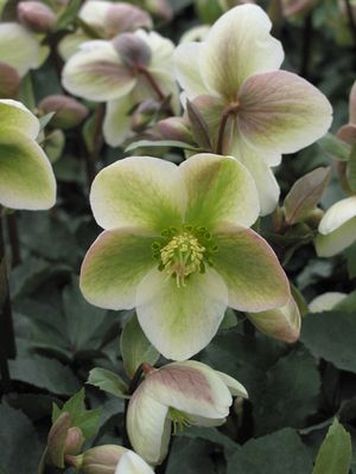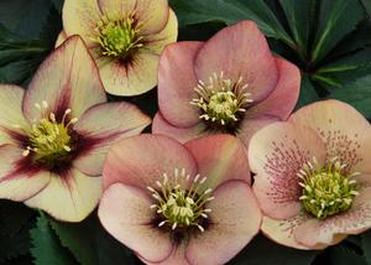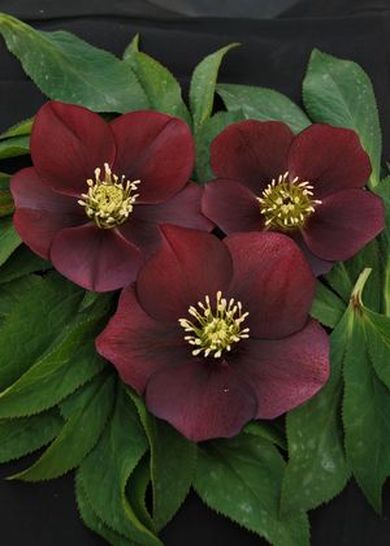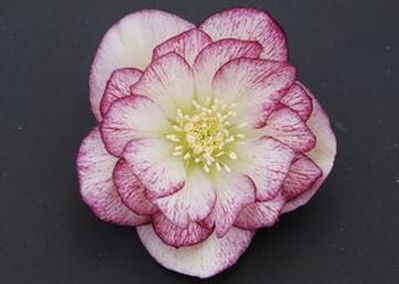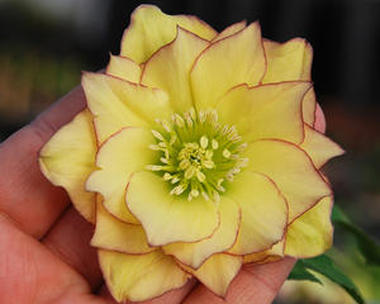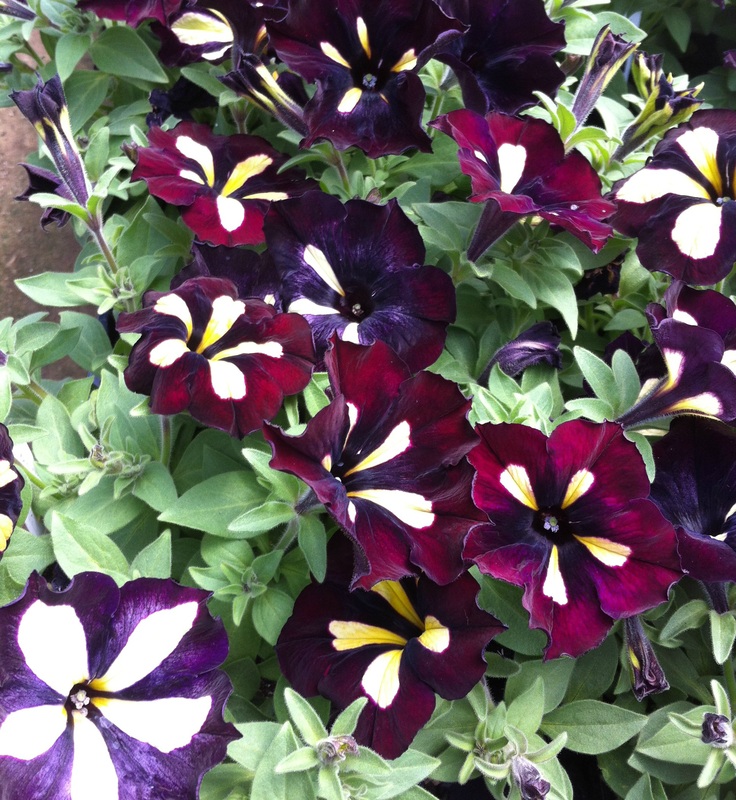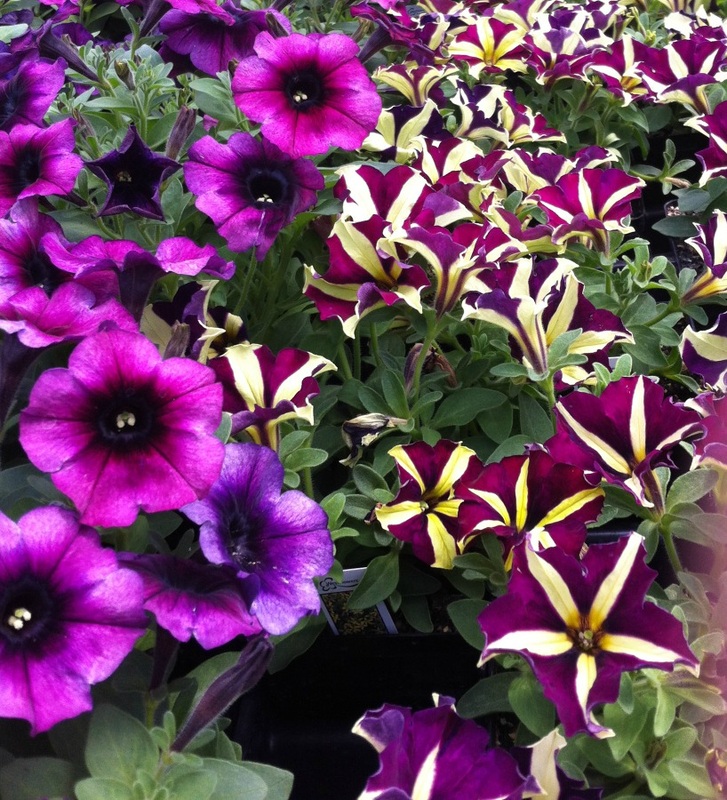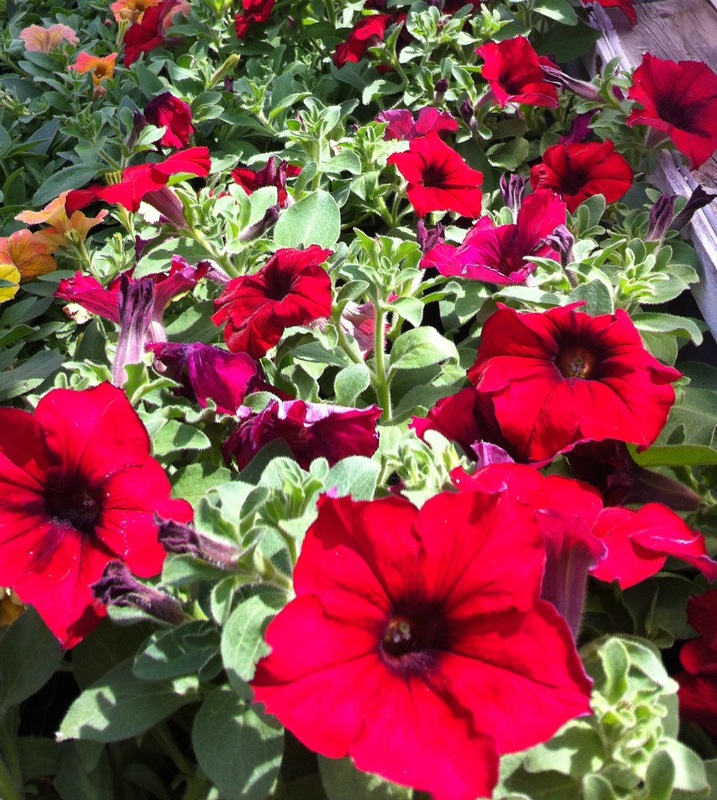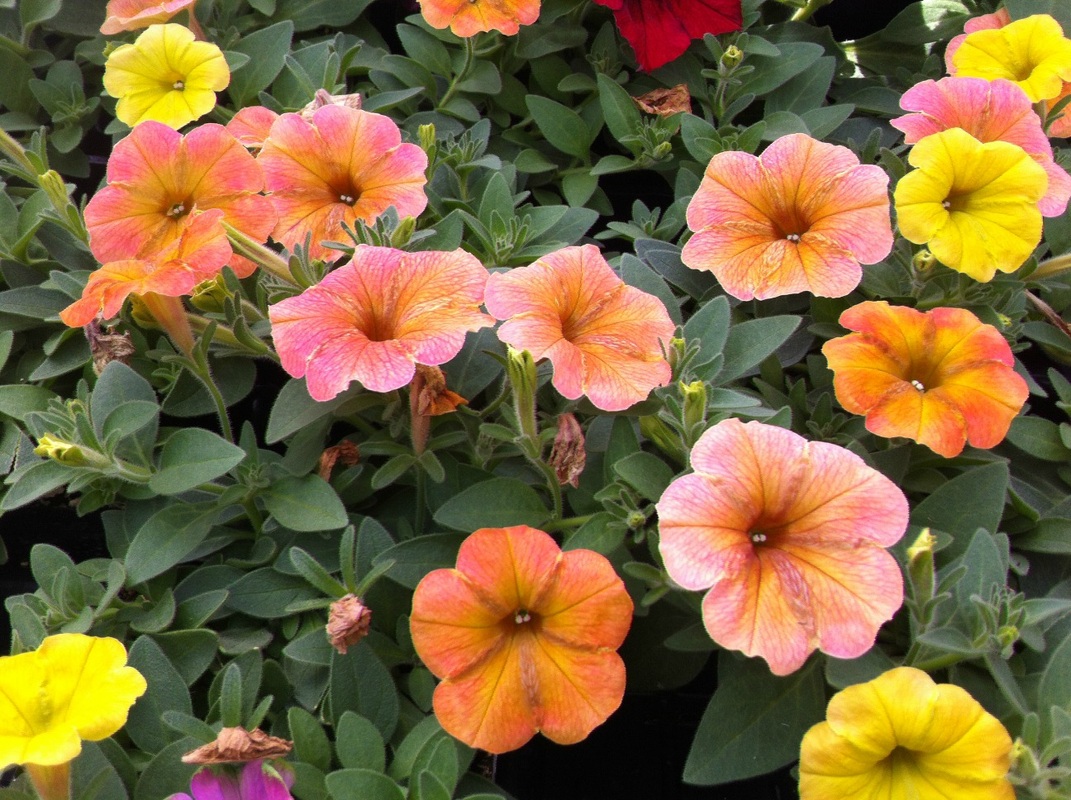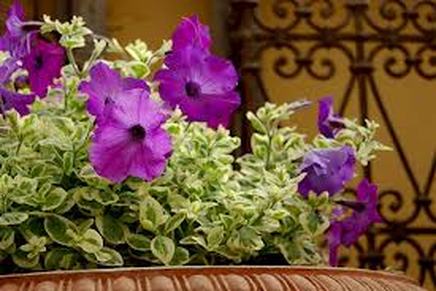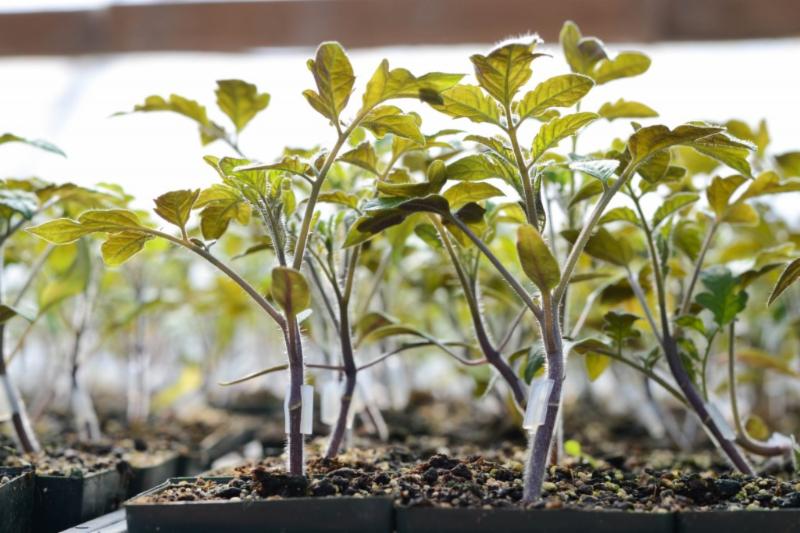|
4/30/2014 1 Comment One Potato, Blue PotatoOrganic fingerling seed potatoes have just arrived! Grown without any chemicals to prohibit sprouting so many do have sprouts. According to the grower, if you break sprouts off, it will take longer for the vines to emerge and the number of vines will increase which results in a smaller sized potato. Who knew?!
More great growing tips: * Leave at least two eyes on each seed potato. * If cutting them, let them heal for a day before planting. * Dust seed potatoes with sulfur to prevent fungus and diseases. * Add humus or compost to the soil before planting which adds organic matter and nutrients. * Potatoes grow best when soil pH is 5.2-6.8. They also respond to calcium, so adding gypsum to the planting hole is recommended. * Potatoes can rot if the soil is too cold. The ideal soil temp for planting is 55-70 degrees. * To plant, dig a trench 6-8" deep; space seed potatoes 12" apart; cover with 3-4" of soil. * Hilling: when the plants are about 8" high, cover them about half way with soil or straw. Repeat in about 2 weeks and again in another 2 weeks. This loose medium is where the tubers will develop. * Fertilize using fish emulsion as a foliar spray every two weeks until they flower. * Harvest when the greens are brown or killed by a heavy frost. Waiting this long will result in bigger and better tasting potatoes. Blue Potatoes 'All Blue' is a fingerling that has deep blue skin and blue flesh - it really is all blue! It has a rich taste. Keep them blue by not over-cooking and add vinegar to the water. Stop in and see all our varieties of fingerling potatoes. Recipes Feeding Your Family is a blog by a Wisconsin family and features delicious recipes for fingerling potatoes.
1 Comment
4/25/2014 3 Comments A Spring Beauty: HelleboreHellebores, also known as Lenten Roses, are one of the first perennials to bloom in the spring. They are deer resistant and drought tolerant and prefer a part-shade location. Hellebores, like the 'Ivory Prince' above, look lovely with several varieties planted together under a tree or at the edge of the woods. Other good companions include Lungwort (Pulmonaria), Bugleweed (Ajuga reptans), and hostas. * In addition to 'Ivory Prince', we are offering the following Hellebore varieties: The blossoms of 'Mango Magic' are a unique qpricot color often having spotted petals. * 'Red Racer' has dramatic 5-inch flowers that look good with Ghost fern, Sweet Woodruff, and Moneywort. * 'Peppermint Ruffles' features 3-inch, double-petaled blossoms. It is a vigorous bloomer and has strong stems. * 'Sunshine Ruffles' is a knockout with its double yellow, 3-inch blossoms that can last from March until June.
* Hellebores may not bloom the first year in your garden. Be patient! They are long-blooming and long-lived perennials - a spring beauty well worth the investment. * All photos courtesy of Hoffienursery.com. 4/25/2014 1 Comment Crazy 'bout CrazytuniasJust when you had fallen in love with 'Pretty Much Picasso' and 'Black Velvet' petunias, these new varieties in our greenhouses will charm and woo you into taking them home with you. No wonder - they come from a new series of vegetative petunias called 'Crazytunia'. Their mounding and slightly trailing habits do well in hanging baskets and mixed containers. They prefer full sun, a steady diet of fertilizer, and don't like to be too wet. Their vegetative nature means no deadheading and more blossoms. We know you'll be as crazy about them as we are. 'Star Jubiliee' * 'Twilight Red' & 'Knight Rider' * 'Mandeville' (above) actually has a hint of yellow on the edges. * 'Indian Summer' starts out yellow then evolves into all those lovely hues of orange and pink. * 'Glamouflage Grape' Petunia is from the Hort Couture collection. It wows and dazzles with its unusual variegated foliage.
4/24/2014 0 Comments Grafted TomatoesThere's something new in the world of tomatoes - something big that we haven't seen since the 20's and 30's when tomato hybridizing began. Grafted tomatoes have roused the interest of many gardeners. The Europeans have been grafting tomatoes for decades, but it's relatively new to American gardeners.
What is a grafted tomato and what makes it better? It's two plants fused together to make one better plant. Many of our favorite heirloom varieties, like Brandywine, are not very disease resistant and fruit later in the season. By grafting Brandywine to the root stock of a hardier variety, they now are more disease resistant. This can be a huge benefit for those gardeners short on space and can't rotate their crops. Grafted tomatoes also fruit earlier and longer into the season, and offer higher production rates (up to 50% more). Their extensive root system, makes the plants more drought tolerant but may not perform their best when grown in a container. Planting tips: 1. When planting, keep the graft above the soil level. This is the most important thing to remember. Typically we plant tomato seedlings deeply to encourage a strong root and support system. That's not necessary with grafted tomatoes. The roots of the root stock can spread to over 6 feet! 2. Actively prune it throughout the season. These plants are vigorous and grow quickly. Keeping it pruned will send more energy to fruit production. 3. Cage it or stake it to keep it off the ground. Don't let the bushy plants ramble all over the ground as the vines will root in and ruin the effectiveness of the root stock. 4. Remove any suckers that might form below the graft or roots that appear above the graft. We are offering the following grafted varieties this season: Big Beef, Brandywine, Early Girl, Mortgage Lifter, San Marzano, and Sun Sugar Cherry. |
|
|
STORE INFO
5205 Mormon Road Burlington, WI 53105 262.763.2153 |

